Report: Enhancing Teamwork and Performance in Health and Social Care
VerifiedAdded on 2020/06/05
|8
|1346
|43
Report
AI Summary
This report delves into the critical aspects of human resource management within the health and social care sector, focusing on team building and performance enhancement. It begins by evaluating various approaches to foster effective teamwork, including the team leadership model and coaching skills, crucial for maintaining interpersonal relationships. The report then assesses methods for monitoring individual performance, such as observation and feedback from supervisors and clients, to ensure quality care. Furthermore, it outlines a structured process for identifying training and development needs, encompassing gap analysis and the assessment of training options. Finally, the report analyzes strategies for promoting continuous employee development, including fostering a learning culture, continuous professional development, and setting appropriate training budgets. The conclusion emphasizes the importance of teamwork for health and social care organizations and summarizes the key findings regarding team building approaches, performance monitoring, and employee development strategies. The report includes references to academic literature and online resources.
1 out of 8
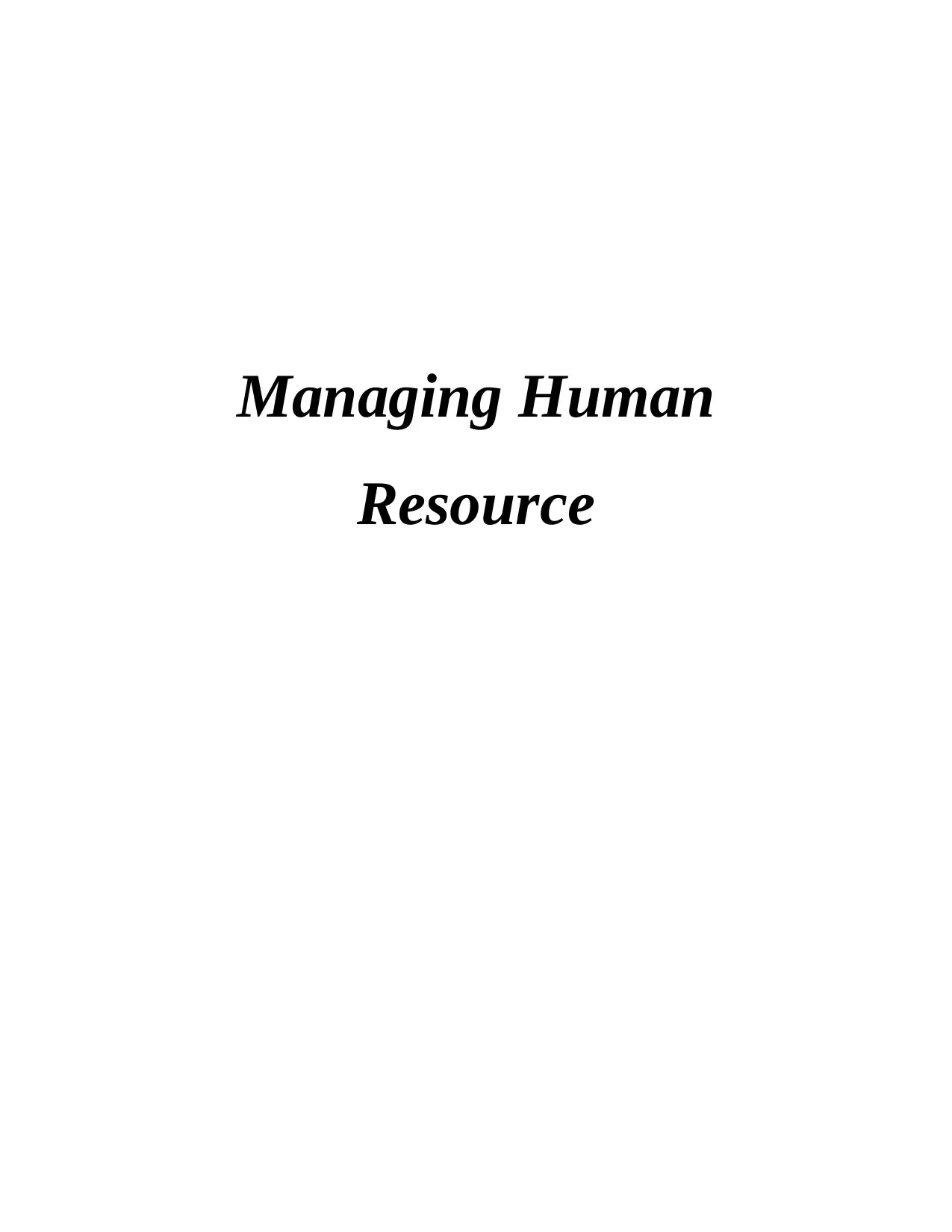
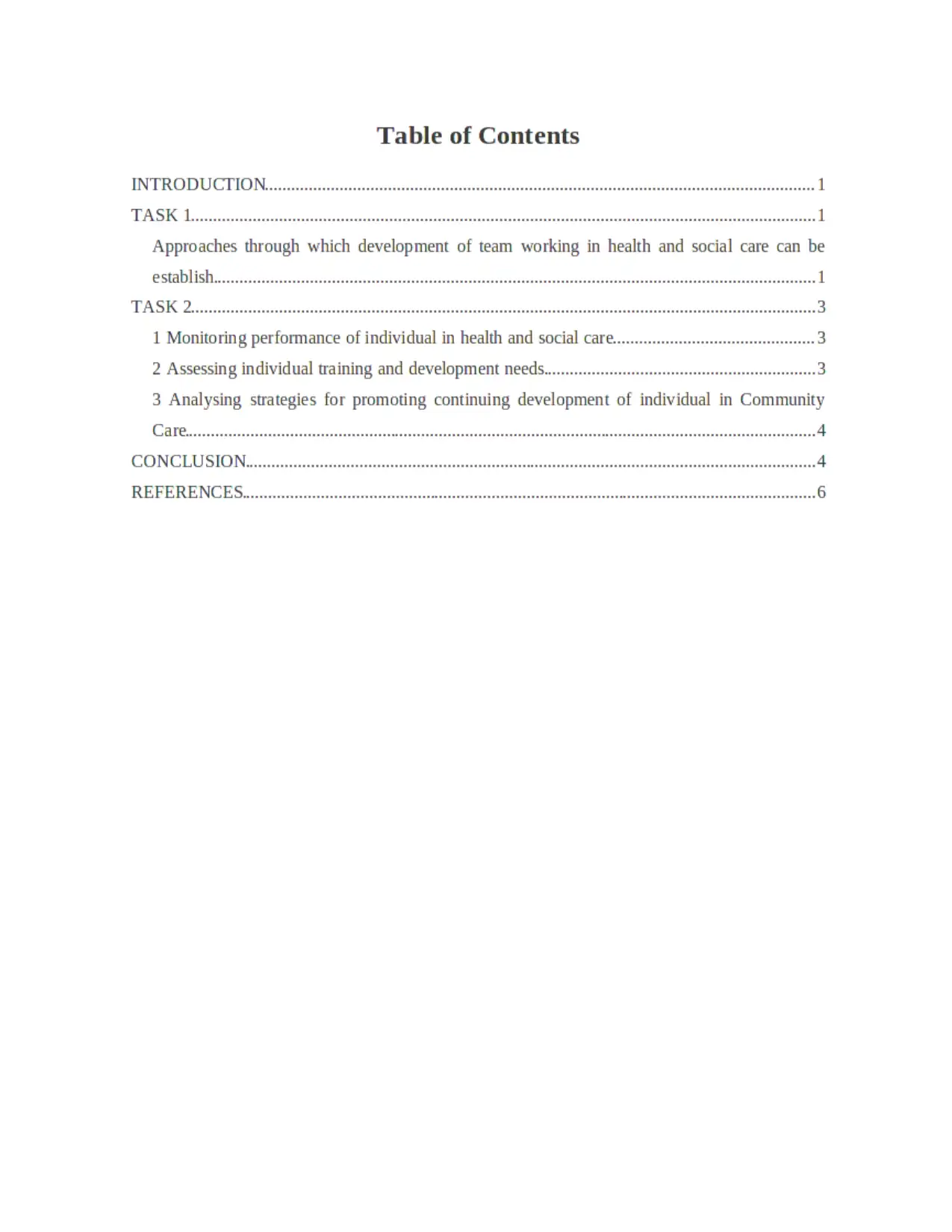
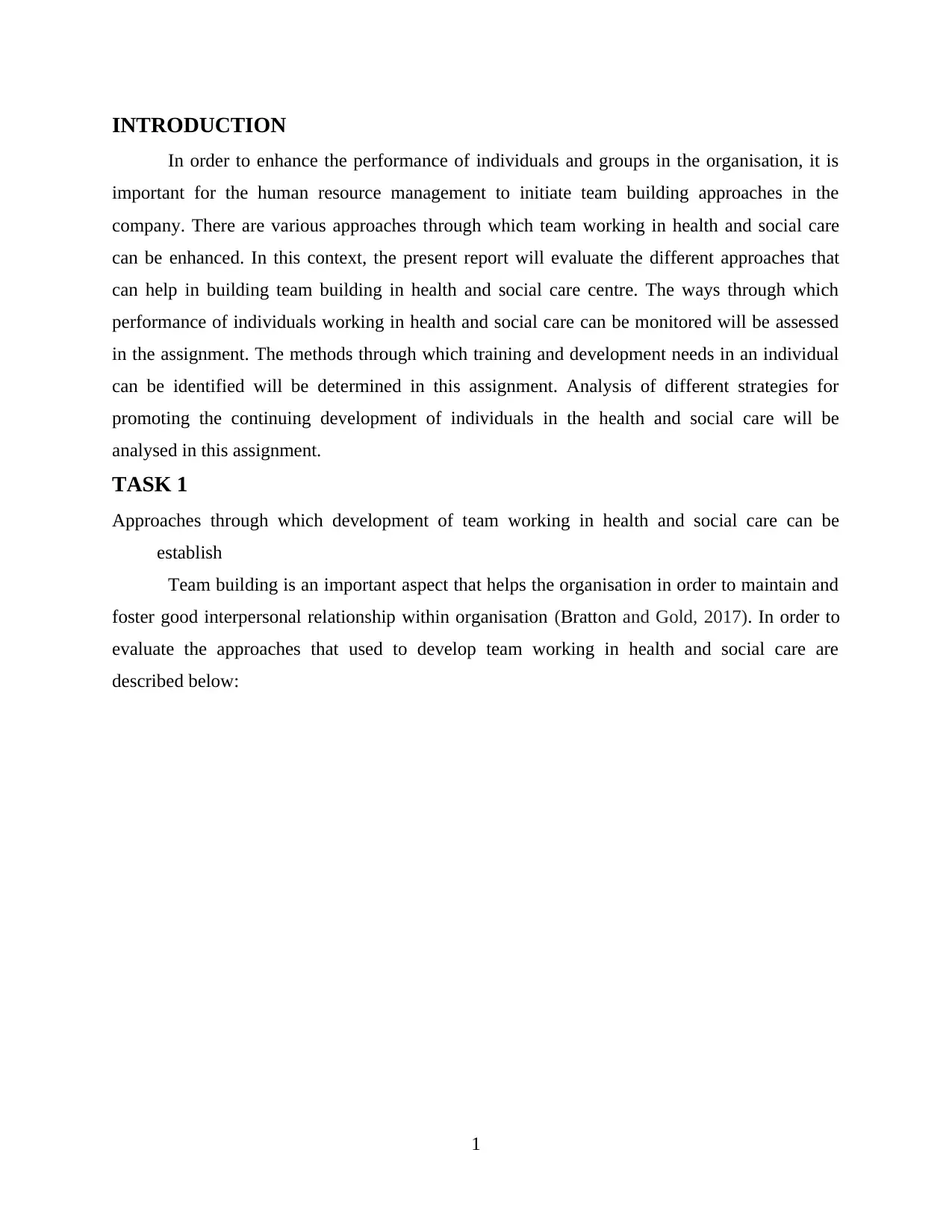
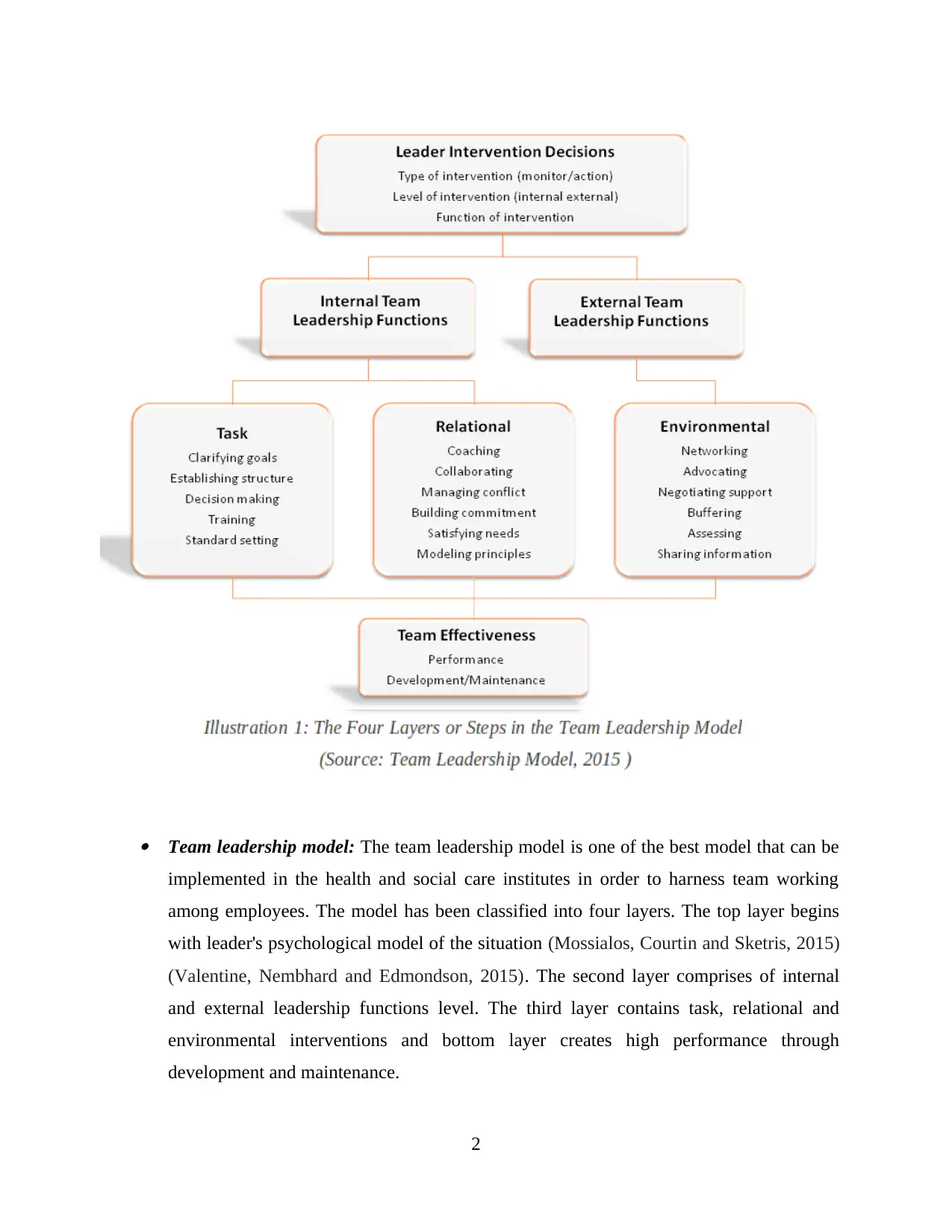
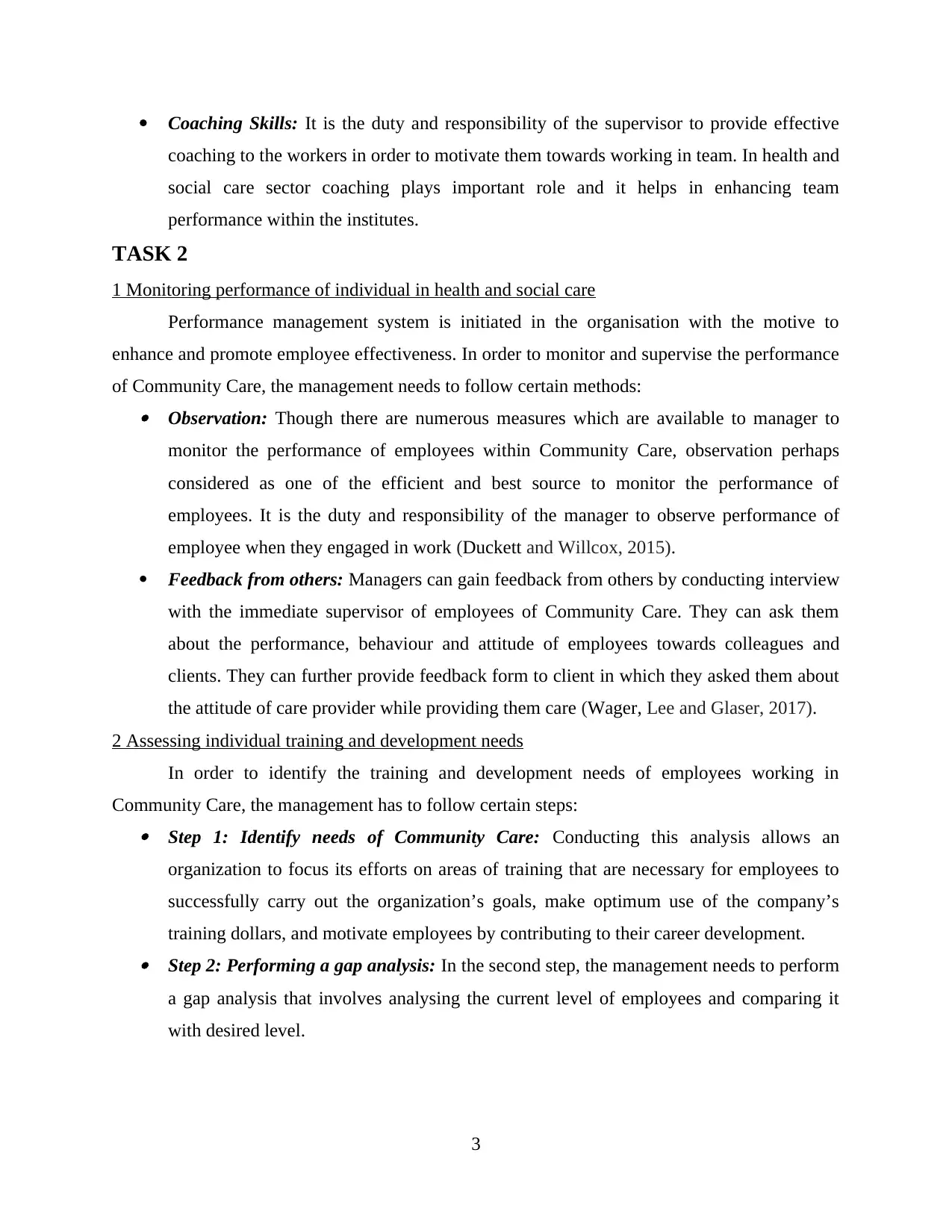
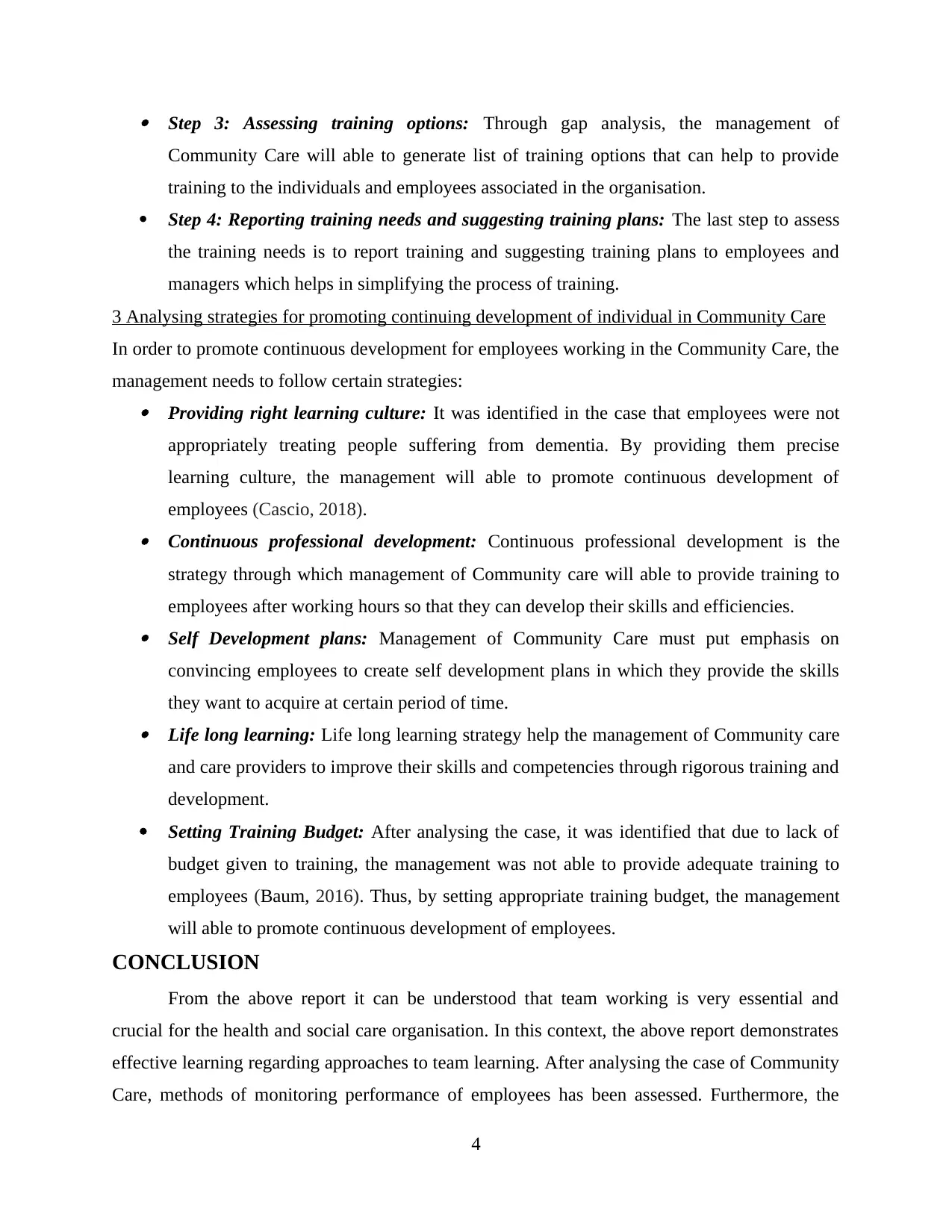
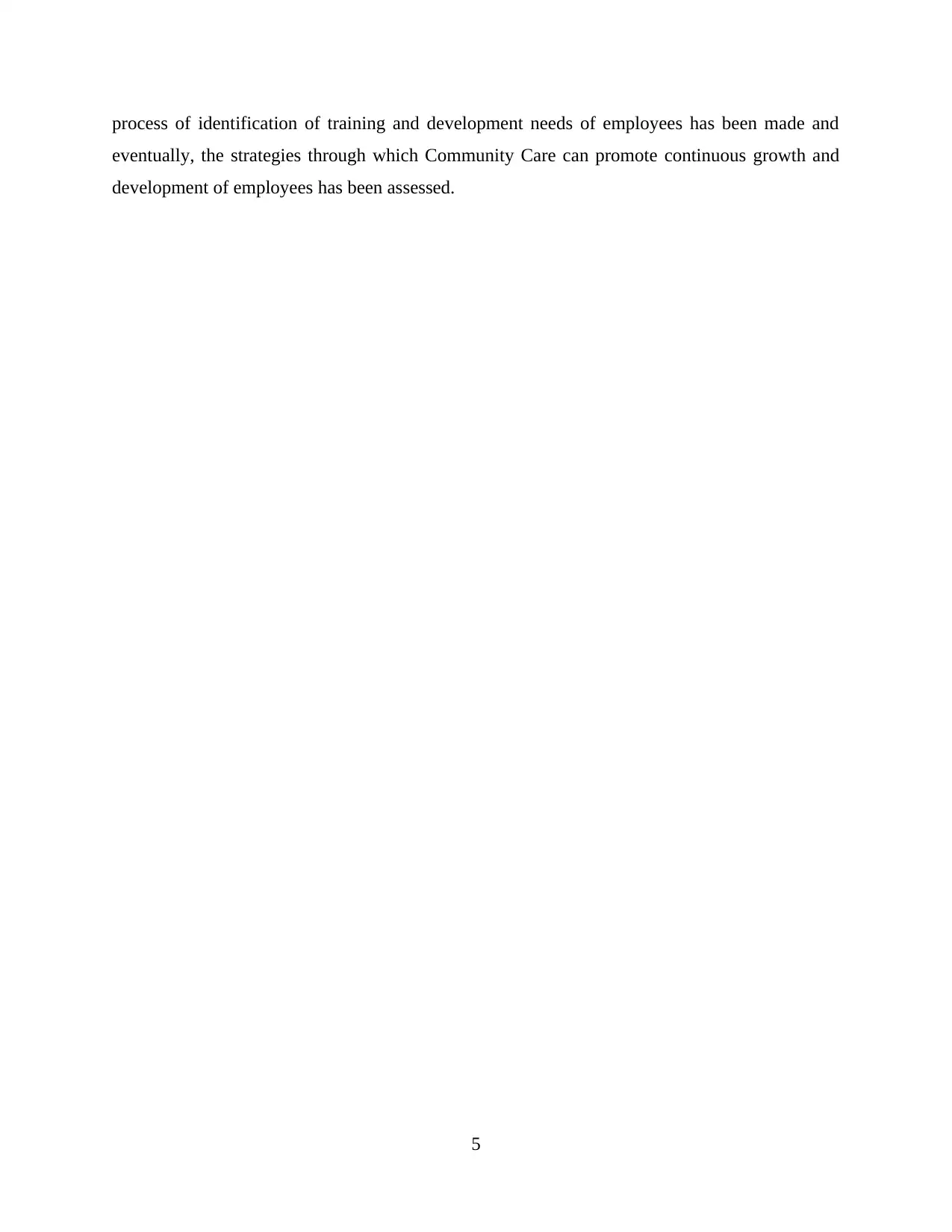
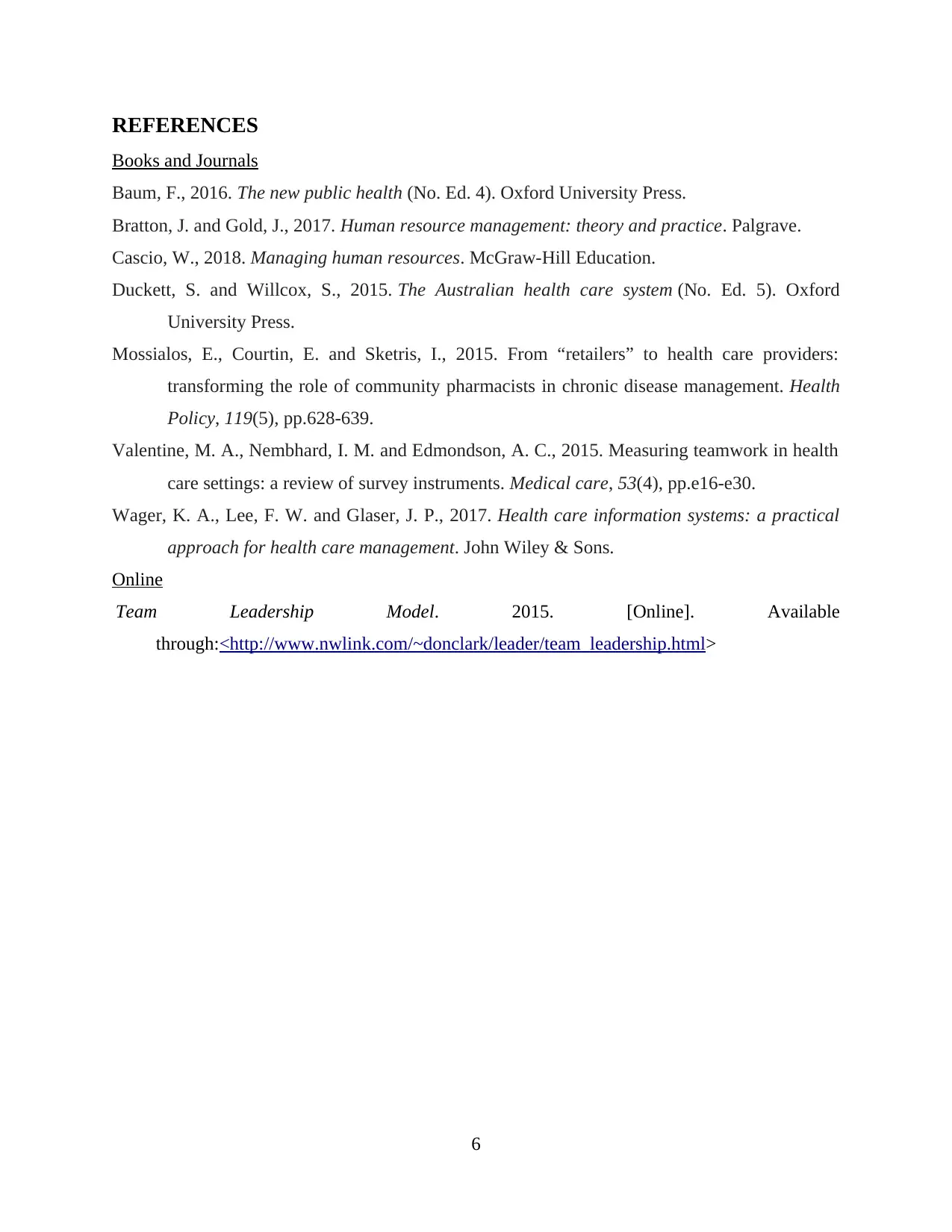





![[object Object]](/_next/static/media/star-bottom.7253800d.svg)